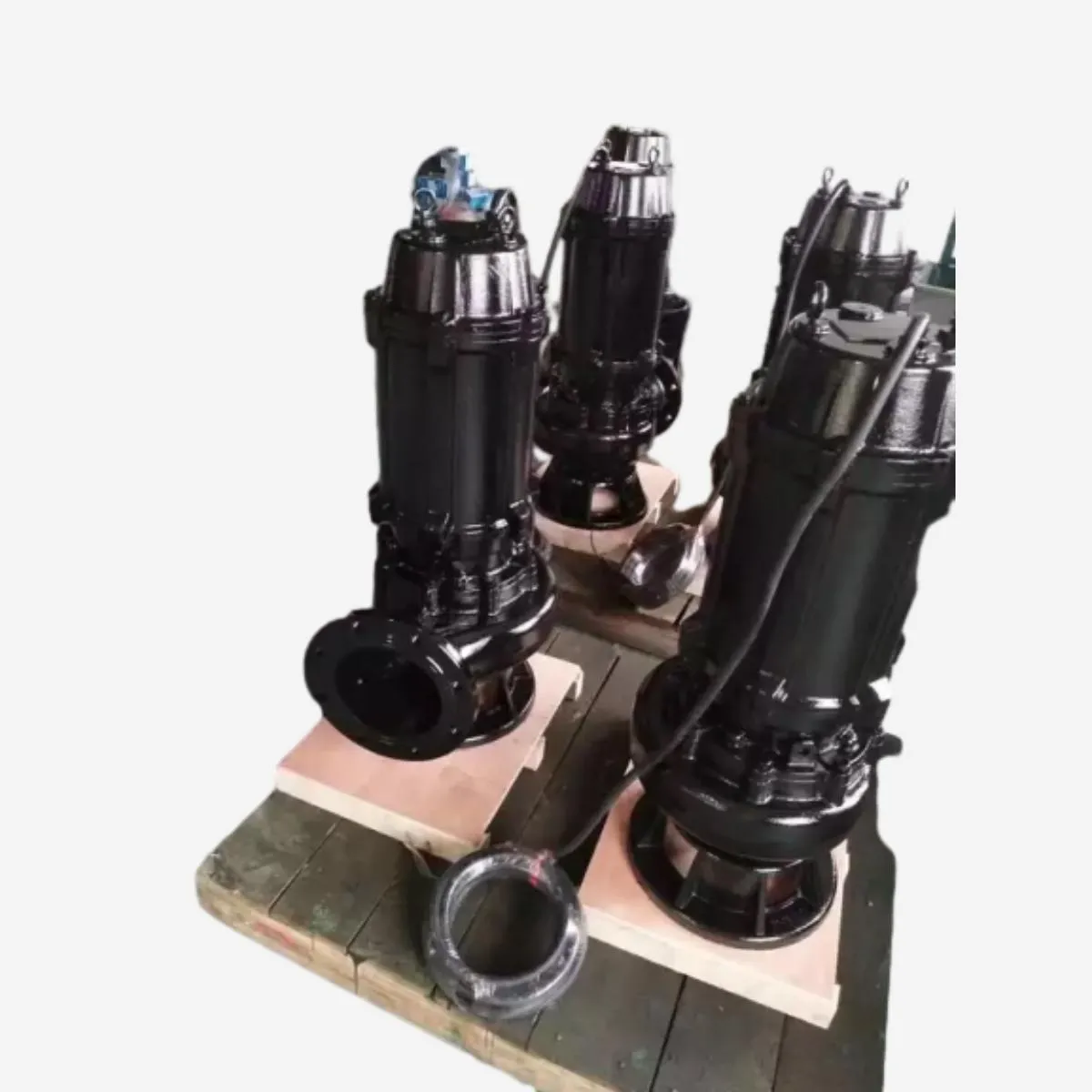Welsh
- Afrikaans
- Albanian
- Amharic
- Arabic
- Armenian
- Azerbaijani
- Basque
- Belarusian
- Bengali
- Bosnian
- Bulgarian
- Catalan
- Cebuano
- Corsican
- Croatian
- Czech
- Danish
- Dutch
- English
- Esperanto
- Estonian
- Finnish
- French
- Frisian
- Galician
- Georgian
- German
- Greek
- Gujarati
- Haitian Creole
- hausa
- hawaiian
- Hebrew
- Hindi
- Miao
- Hungarian
- Icelandic
- igbo
- Indonesian
- irish
- Italian
- Japanese
- Javanese
- Kannada
- kazakh
- Khmer
- Rwandese
- Korean
- Kurdish
- Kyrgyz
- Lao
- Latin
- Latvian
- Lithuanian
- Luxembourgish
- Macedonian
- Malgashi
- Malay
- Malayalam
- Maltese
- Maori
- Marathi
- Mongolian
- Myanmar
- Nepali
- Norwegian
- Norwegian
- Occitan
- Pashto
- Persian
- Polish
- Portuguese
- Punjabi
- Romanian
- Russian
- Samoan
- Scottish Gaelic
- Serbian
- Sesotho
- Shona
- Sindhi
- Sinhala
- Slovak
- Slovenian
- Somali
- Spanish
- Sundanese
- Swahili
- Swedish
- Tagalog
- Tajik
- Tamil
- Tatar
- Telugu
- Thai
- Turkish
- Turkmen
- Ukrainian
- Urdu
- Uighur
- Uzbek
- Vietnamese
- Welsh
- Bantu
- Yiddish
- Yoruba
- Zulu
Telephone: +86 13120555503
Email: frank@cypump.com
Rhag . 11, 2024 09:12 Back to list
Understanding the Function and Importance of Sewage Lift Pumps for Wastewater Management
Understanding Sewage Lift Pumps An Essential Component in Wastewater Management
Sewage lift pumps are critical devices in the vast network of wastewater management systems. As urban infrastructure expands and populations grow, effective sewage disposal becomes increasingly crucial to maintain public health and environmental sustainability. This article will delve into the nature, purpose, and functioning of sewage lift pumps, analyzing their significance in modern sewage management systems.
What are Sewage Lift Pumps?
Sewage lift pumps, often referred to as sewage pumps or wastewater pumps, are specially designed to transport sewage and wastewater from lower to higher elevations. They come into play in situations where gravity alone cannot facilitate the flow of waste to treatment facilities or sewer lines. This commonly occurs in low-lying areas or where sewage must be lifted to reach a treatment plant situated at a higher elevation.
These pumps are typically submersible, meaning they are installed directly in the wastewater and submerged below the liquid's surface. This design minimizes the risk of pump damage from debris and ensures efficient operation. Lift pumps can handle solids and semi-solid materials typically present in sewage, which distinguishes them from regular water pumps.
The Working Mechanism
The operation of a sewage lift pump is relatively straightforward. When sewage enters the pump's suction chamber, it pushes the sewage into the impeller, which spins rapidly, increasing the fluid's velocity. The centrifugal force generated by the pump then propels the wastewater through the discharge pipe, elevating it to the required height.
These pumps are equipped with floats or level sensors that monitor the wastewater level and activate the pump automatically as it fills, ensuring that the system runs efficiently and only when necessary. Some advanced models even incorporate variable speed drives, which adjust the pump's speed based on the inflow rate, further enhancing energy efficiency and performance.
Importance of Sewage Lift Pumps
sewage lift pump

1. Facilitating Wastewater Management Sewage lift pumps are integral in urban settings, particularly in areas where the topography does not allow for natural flow of wastewater. Their ability to transport waste uphill ensures that sewage systems can effectively manage wastewater without causing backups or overflows, which could lead to severe health hazards and environmental issues.
2. Preventing Contamination By ensuring that sewage is transported efficiently to treatment facilities, lift pumps play a critical role in preventing contamination of groundwater and surface water. Properly functioning lift pumps minimize the risk of sewage leaks or spills, protecting both public health and local ecosystems.
3. Ensuring Infrastructure Longevity Regular maintenance and timely replacement of sewage lift pumps are essential. A malfunctioning lift pump can result in significant sewage backups, costly repairs, and extensive downtime. Investing in high-quality pumps and monitoring their performance can save municipalities and businesses considerable sums in the long run.
4. Supporting Sustainable Practices As societies strive toward sustainability, sewage lift pumps contribute to the efficient processing of wastewater. By enabling proper treatment and disposal of sewage, these pumps support efforts to recycle and reuse water, an essential component in sustainable urban planning.
Challenges and Considerations
While sewage lift pumps are indispensable in wastewater management, they do pose certain challenges. One of the primary concerns is the wear and tear caused by abrasive materials present in sewage. Regular inspections and maintenance are necessary to ensure optimal performance and longevity.
Additionally, energy consumption is a significant factor, as lift pumps must often operate for extended periods. Efforts to optimize pump designs and incorporate energy-efficient technologies are ongoing to address this concern.
Conclusion
Sewage lift pumps are a vital element of modern wastewater management systems, ensuring that cities can manage sewage efficiently and responsibly. As urban areas continue to grow, the importance of these systems cannot be overstated. Responsible management of sewage lift pumps not only protects public health but also contributes to environmental sustainability and resilience in the face of urban challenges. Understanding their role and ensuring their proper operation is crucial for any community committed to effective and sustainable wastewater management.
-
Reliable Non-Clog Sewage Pumps with GPT-4-Turbo Tech
NewsAug.04,2025
-
High-Performance Air Pumps for Sand & Gravel | Efficient Transport
NewsAug.03,2025
-
ISG Series Vertical Pipeline Pump - Chi Yuan Pumps Co., LTD.|Energy Efficiency, Corrosion Resistance
NewsAug.03,2025
-
ISG Series Pipeline Pump - Chi Yuan Pumps | Energy Efficiency&Compact Design
NewsAug.03,2025
-
ISG Series Vertical Pipeline Pump - Chi Yuan Pumps Co., LTD.|High Efficiency, Low Noise, Durable
NewsAug.02,2025
-
ISG Series Vertical Pipeline Pump - Chi Yuan Pumps | High Efficiency, Low Noise
NewsAug.02,2025










